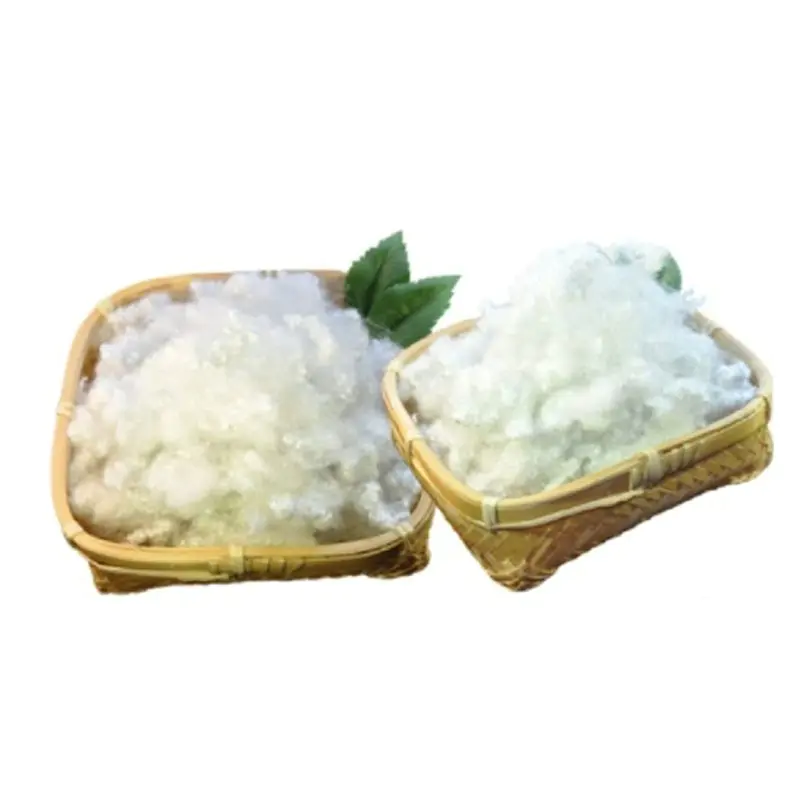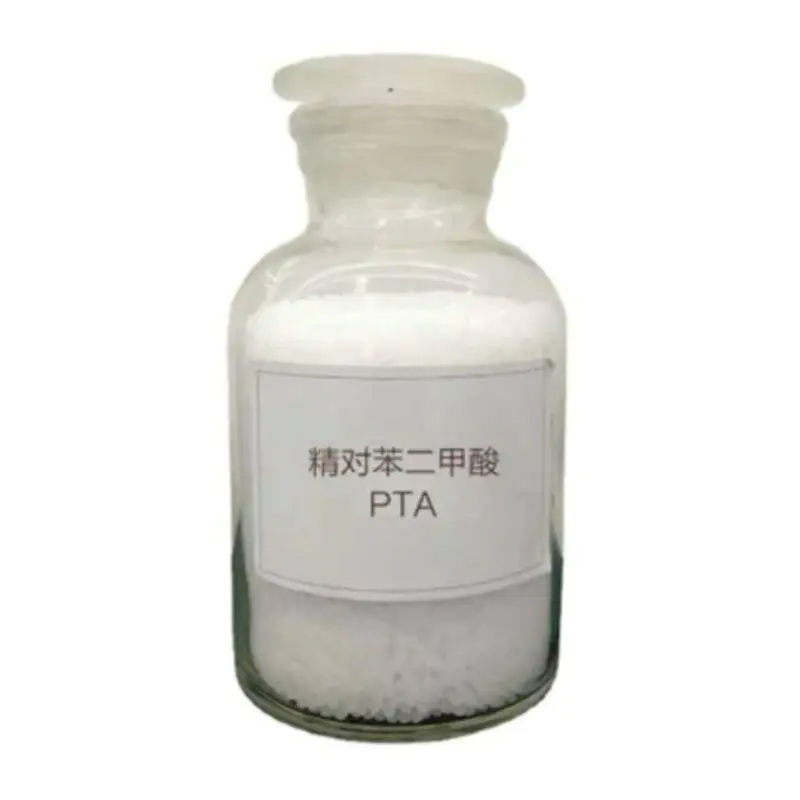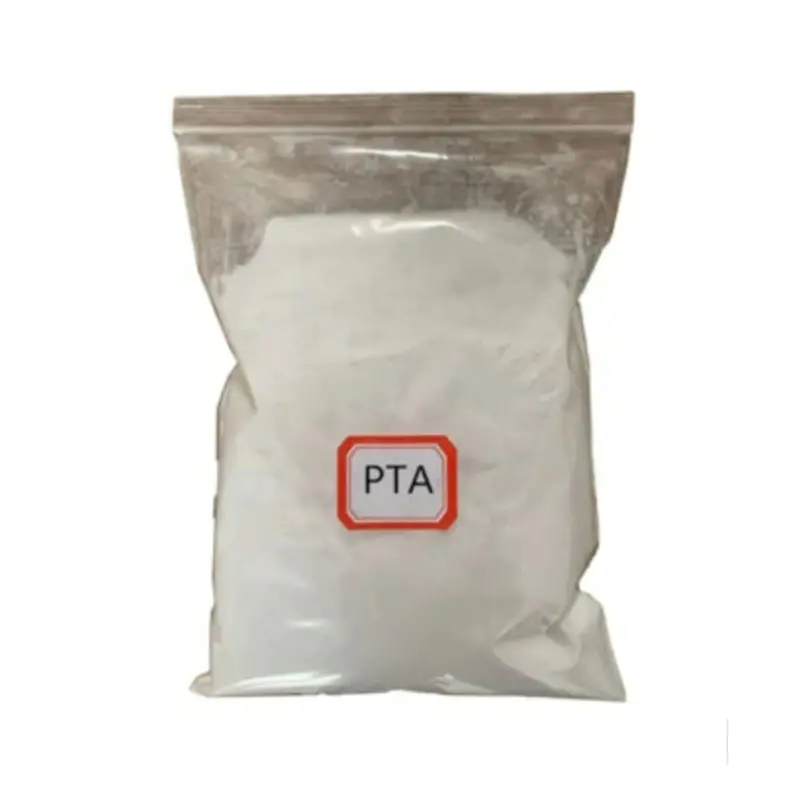The intrinsic quality of polyester staple fiber is jointly shaped by the regularity of the material structure and the fineness of the drawing process. Its firmness is positively correlated with the molecular bonding tightness of the plastic raw material, and the smoothness of the outer fabric can indirectly reflect the smoothness of the flow of liquid raw materials during processing. Through light transmission detection, we can roughly understand whether the shape of the fiber cross section is symmetrical and whether the specially designed fiber surface texture is complete, which is related to whether the textile production is smooth.

The stability of whiteness and hue of polyester staple fiber depends on the purity of raw materials and the level of thermal degradation control. The yellowing index indicates the inhibition effect of oxidation reaction during production. The difference in regain reflects the degree of hydrophilic modification of the fiber, but excessive moisture absorption may weaken the dimensional stability. The impurity content of polyester staple fiber can be identified by the morphology of combustion residues, and the ash of high-quality fibers is uniform and loose.
The ability to maintain the curl of polyester staple fiber is related to the heat treatment process, and the elastic recovery rate after multiple openings is a key indicator of durability. The tendency of static electricity accumulation exposes the effectiveness of antistatic agent addition, and the friction voltage test can indirectly reflect the comfort of use. In addition, the fiber slip resistance can be felt by hand or the uniformity of light transmittance of the tow can be visually inspected.







